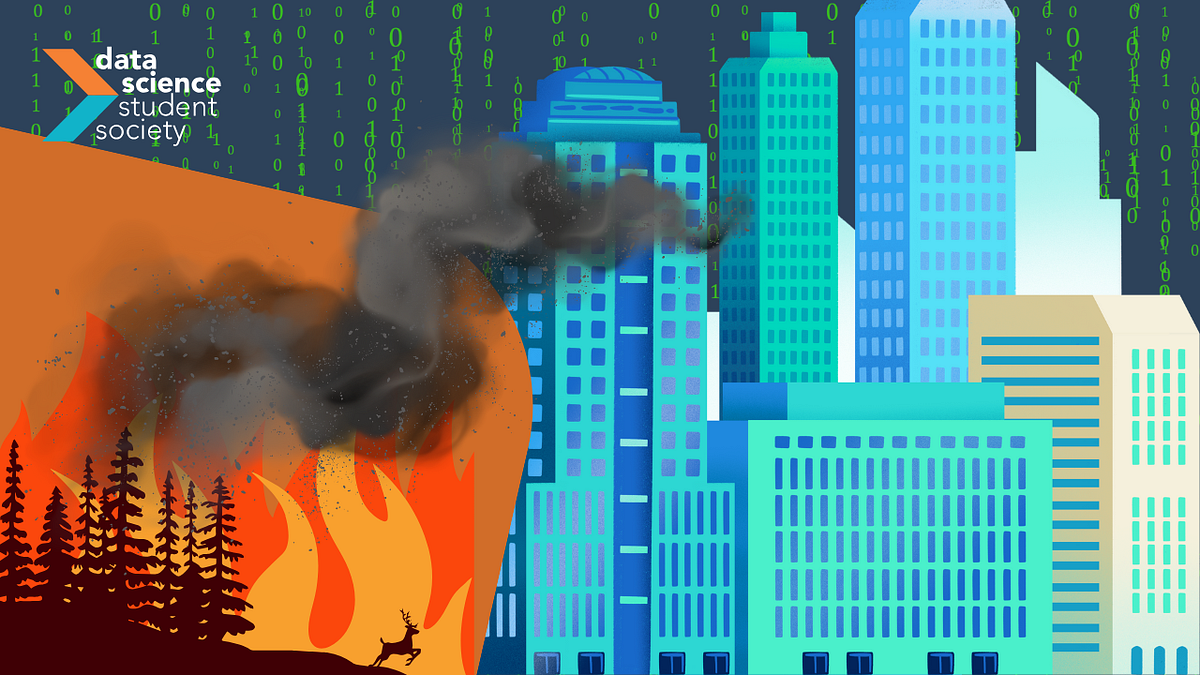Medium
4d
117

Image Credit: Medium
Harnessing Data Science for Wildfire Management
- Wildfires in the United States, especially in California, pose significant challenges due to their destructive nature and widespread impact on communities and ecosystems.
- Traditional wildfire management methods lack real-time information and prevent proactive responses.
- Data science, machine learning, and remote sensing technologies offer innovative solutions to detect, track, and predict wildfire behavior accurately.
- AI-powered systems analyze historical data to identify patterns and aid emergency responders in taking preemptive actions.
- Regression analysis, clustering methods, and neural networks are utilized to enhance wildfire prediction models.
- Technological advancements include the use of high-resolution Earth-observing sensors, LSTM networks, and autonomous aerial vehicles for real-time monitoring and prevention.
- Institutions like NASA, UC Berkeley, USC, and UC San Diego are leading the way in AI-driven wildfire management initiatives.
- AI models like cWGAN combine generative AI with satellite imagery to analyze historical data and accurately predict wildfire behavior.
- The WIFIRE Lab at UC San Diego develops AI technologies such as BurnPro3D and Firemap for wildfire risk assessment and real-time monitoring.
- The integration of data science and AI in wildfire management is essential for improving preparedness, response, and mitigation strategies in the face of escalating wildfire threats.
Read Full Article
7 Likes
For uninterrupted reading, download the app